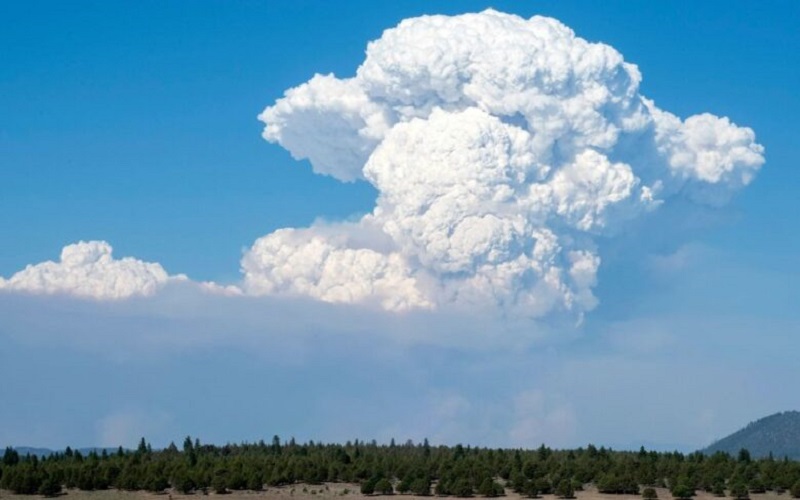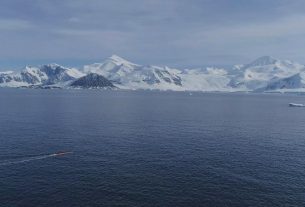A measurement campaign aimed at better understanding the functioning of clouds in the southern hemisphere took place between 2018 and 2021 at the southern tip of Chile. The results recently published in the journal Atmospheric Chemistry and Physics should improve the representation of the energy balance of this hemisphere in climate models.
Clouds in the southern hemisphere have a higher liquid water content than those in the northern hemisphere and thus tend to reflect a greater amount of solar radiation back into space. On the other hand, climate models are known to overestimate the fraction of ice clouds over the Southern Ocean. Consequently, they do not accurately reproduce the radiation balance of the southern hemisphere.
A research campaign to better understand the southern clouds
In order to improve climate models and projections, a group of researchers carried out targeted observations in southern Chile and put them into perspective with previous measurements made in Leipzig (Germany) and Limassol (Cyprus). The lidars and other instruments installed in Punta Arenas (Chile) operated during the three-year research campaign, from 2018 to 2021. This is the longest type-series ever obtained in the southern hemisphere. .
Remember that the interactions between clouds, aerosols and winds are still poorly understood in this little polluted area. However, we know that the low dust content of the atmosphere partly explains why the amount of liquid water in clouds is so high. Indeed, to form, ice crystals need microscopic particles called ice-forming nuclei. If these are lacking, the water droplets can remain liquid down to temperatures of -30°C to -40°C.
Measurements at Punta Arenas showed that the clouds contained between 10% and 40% less ice than those observed in Germany or Cyprus. However, this difference in composition strongly influences the amount of solar radiation reflected back to space and the emission of infrared radiation by the Earth, contributing to a differentiated radiation balance between the two hemispheres.
An influence of gravity waves that remains to be clarified
Observations also revealed that aerosols were not the dominant factor at temperatures below -25°C. Indeed, the influence of gravity waves generated by the passage of the wind over the reliefs then becomes preponderant.
“By measuring the rising and falling winds in the clouds, we were able to detect those who had been influenced by these waves and filter them from the statistics”, develops Martin Radenz, lead author of the study. “This allowed us to show that these gravity waves, and not the lack of ice-forming nuclei, are responsible for the excess cloud droplets at temperatures below -25°C.” The scientist nevertheless explains that it remains to be seen whether these waves and their impacts are a particularity of the Chilean domain or whether they extend to the scale of the southern hemisphere.
“In the near future, we plan to work with our partners to study these questions in other places in the southern hemisphere, such as Antarctica and New Zealand, and ideally also on board research vessels, because these observations are not possible from space at the moment”, specifies Martin Radenz.




